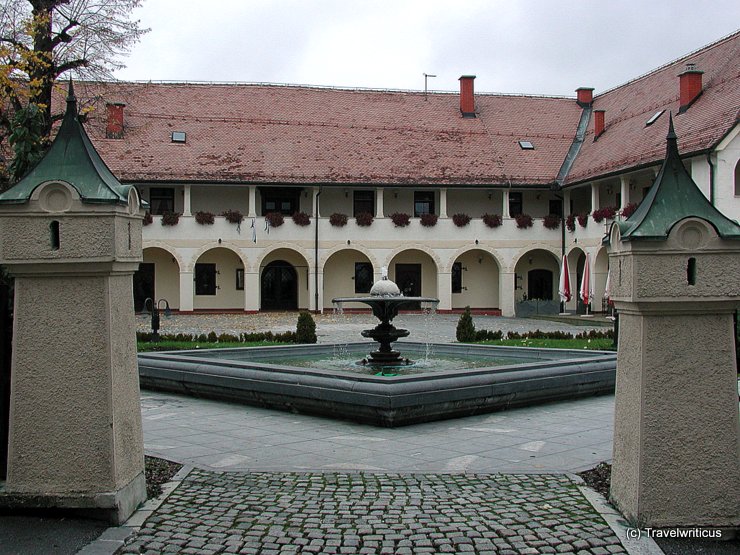
Rotenturn Manor (Dvorec Rotenturn) stands in the Slovenian city of Slovenj Gradec. It is one of the town’s most important venues for cultural events. [German]
You only see what you know (Goethe)

Rotenturn Manor (Dvorec Rotenturn) stands in the Slovenian city of Slovenj Gradec. It is one of the town’s most important venues for cultural events. [German]

The Zollern colliery (Zeche Zollern) in the Bovinghausen district of Dortmund is also known by the nickname “Castle of Labour”. The brick-stone architecture of this administration building may answer the question of where this title comes from.
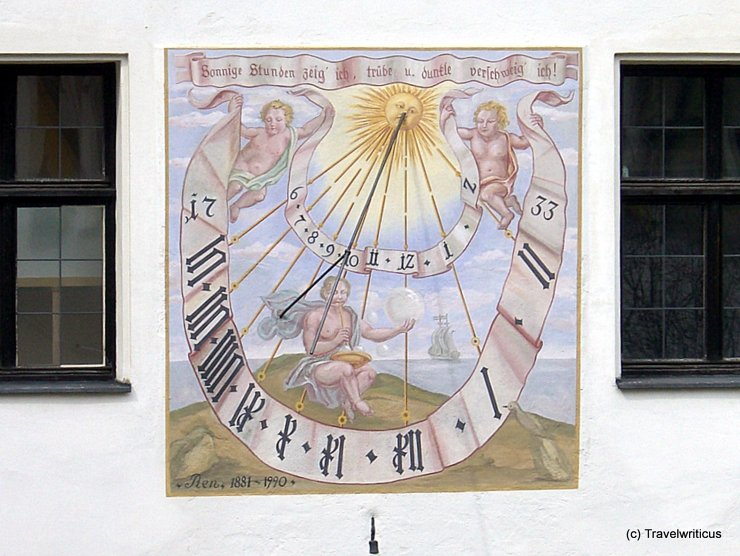
This pic portrays a sundial in Kufstein, a city in the Austrian state of Tyrol. It saw its completion in 1733, followed by renovations in 1881 and 1990. I am surprised that this sundial in the Austrian mountains depicts a big sailing ship in the background. [German]
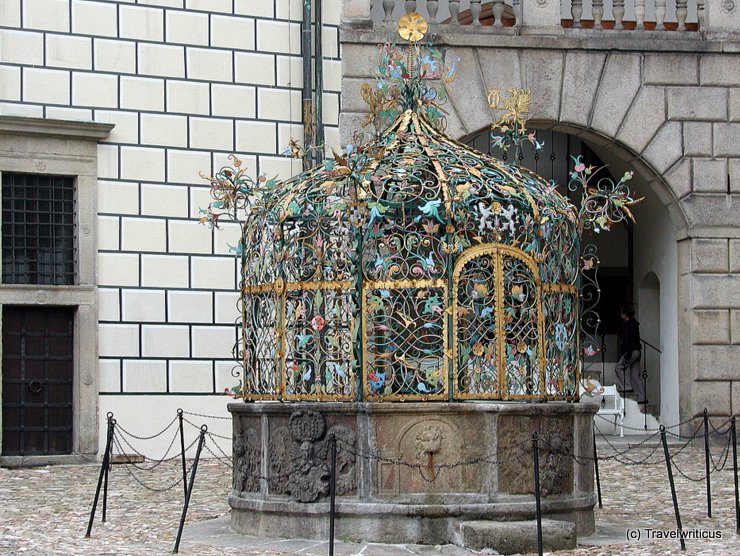
In the Bohemian town of Jindřichův Hradec, a castle of the same name is located. Its former German name was Neuhaus (New House). The literal translation of the Czech name means Henry Castle. Worth seeing is the roundel from 1596, which is counted among the principal works of the Bohemian Renaissance. [German]
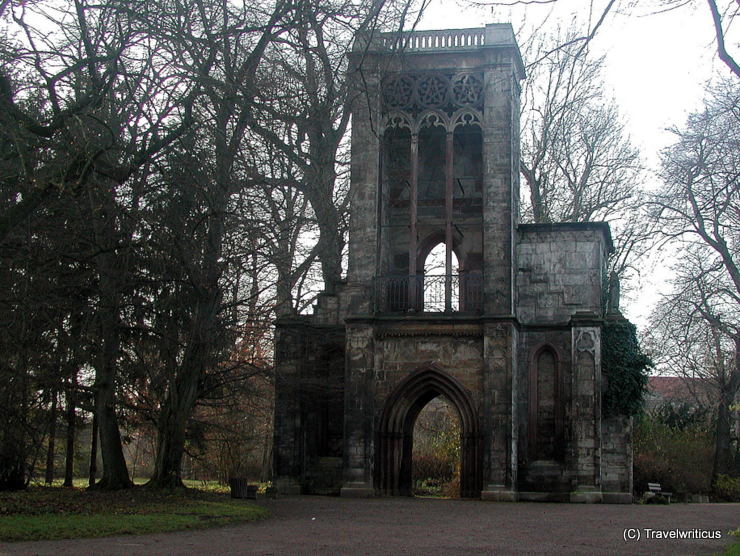
Many years ago, I came across an old ruin in Weimar. Its name – Tempelherrenhaus – made me think of the mysterious templars. But I was wrong. The building was a former ducal venue that transformed into a ruin after an air raid in 1945. [German]
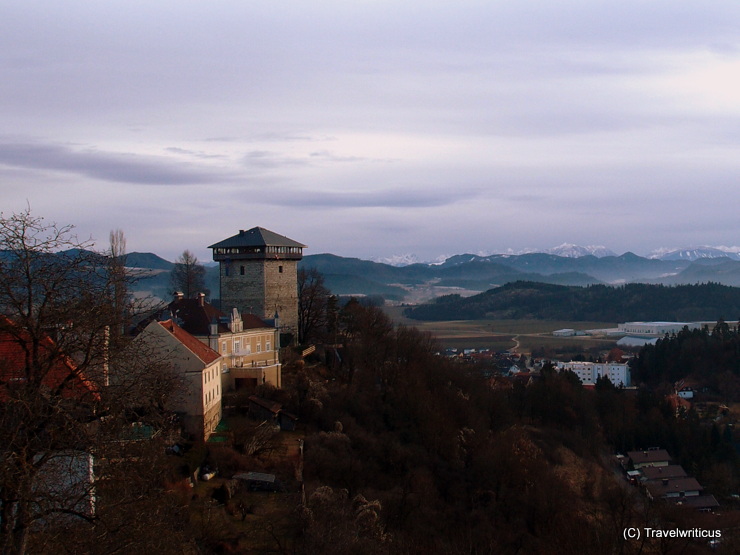
Althofen is considered one of the oldest still inhabited mountain settlements in Austria. Besides that, there are still remains from the former town fortification. For example, the Annenturm. This tower saw its completion in 1307.
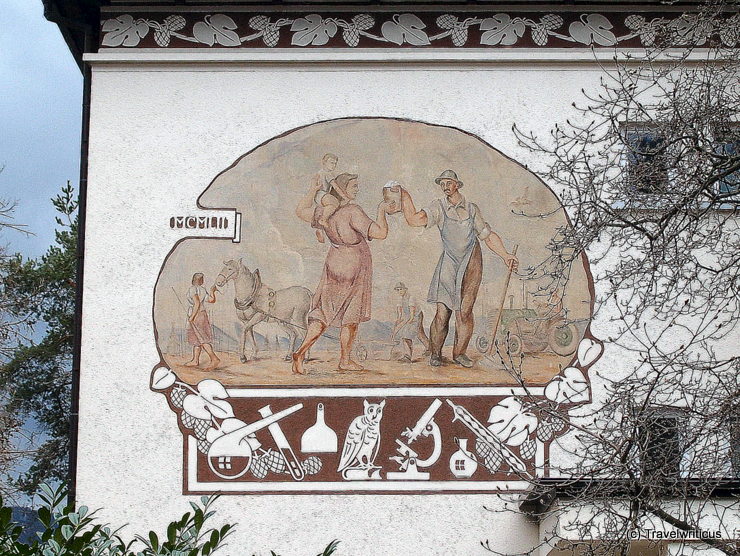
A pretty narrative mural on the Slovenian Institute of Hop Research and Brewing (Inštitut za hmeljarstvo in pivovarstvo Slovenije) in Žalec. This institute is located next to the museum about hop-growing and brewing industry in Slovenia.
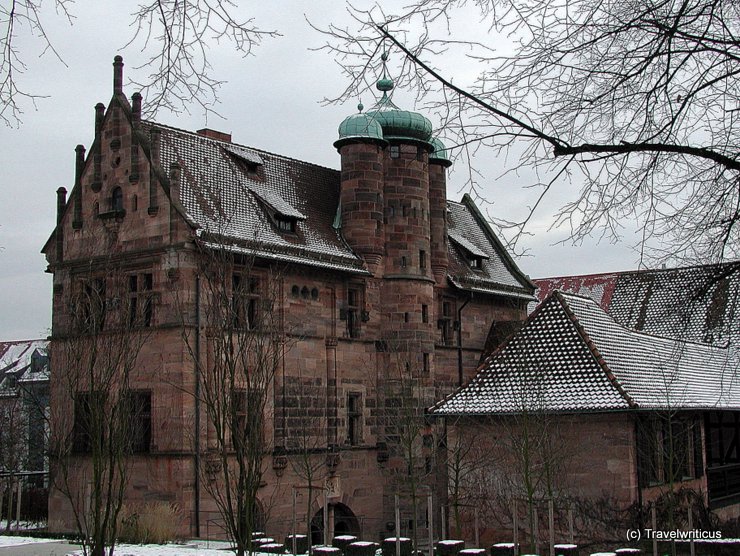
The Tucher Mansion (Tucherschloss) dates back to 1544. It served as a summer residence for the Tucher, a patrician family in Nuremberg. The museum inside shows how such a family lived in those times.
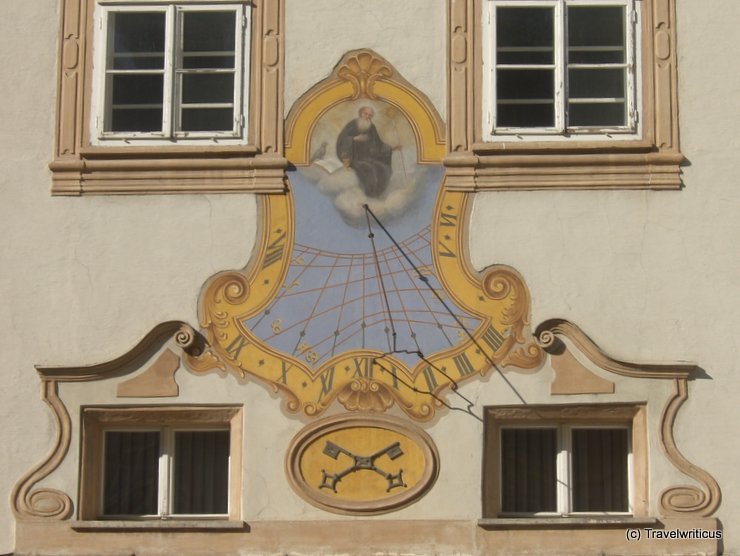
You find this sundial in a courtyard of St. Peter’s Archabbey (Erzabtei St. Peter) in Salzburg. The two crossed keys represent the abbey’s coat of arms. The aged man is Saint Benedict. With the rule book and a raven, you see two attributes of him. [German]
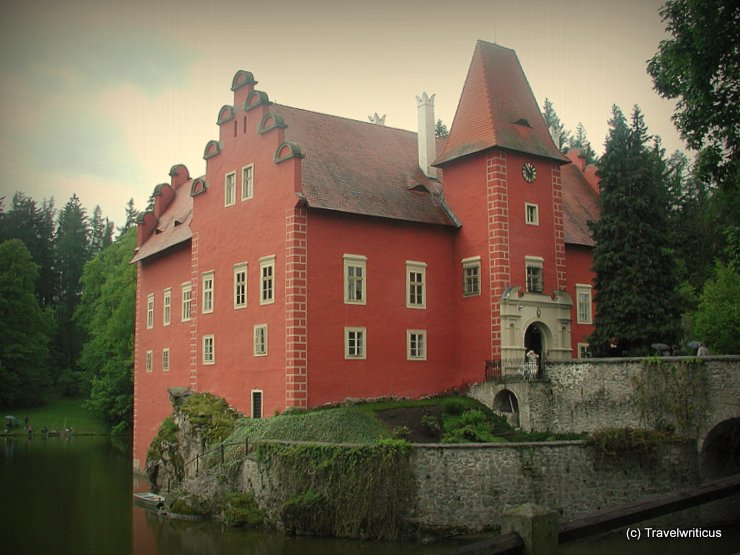
Červená Lhota Castle (Zámek Červená Lhota) in Pluhův Žďár in southern Bohemia is a Renaissance castle on a rock in the middle of an artificial pond. His former German name was Rothlhotta. [German]
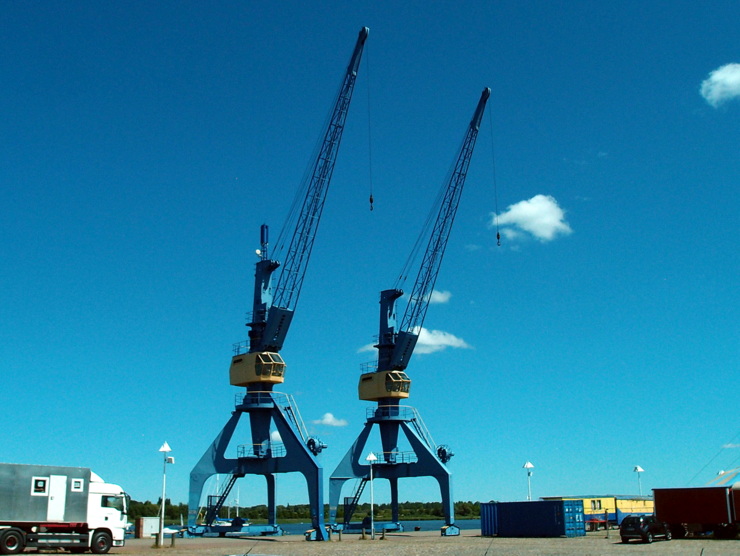
Do cranes own personality? I asked myself this question while strolling around the city harbour of Rostock. There, I found two port cranes nicely coloured blue and yellow. They saw their completion in a GDR combine named TAKRAF in 1960.
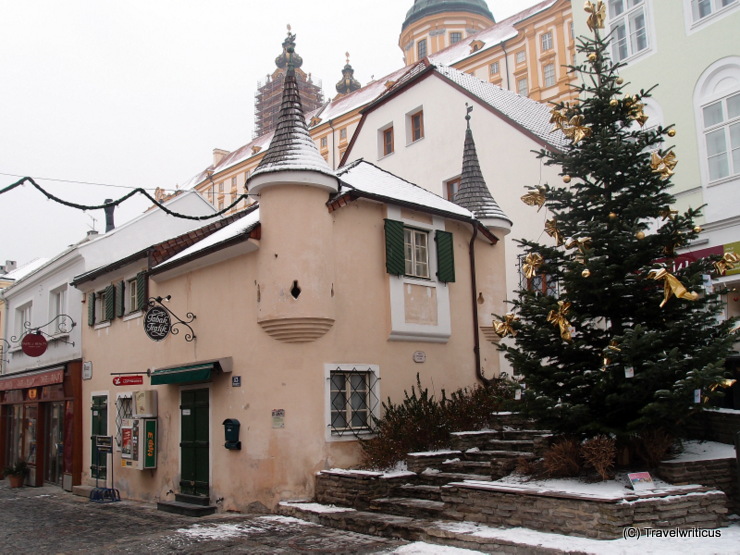
This romantic building with its dinky corner oriels is generally known as “Alter Brotladen” (Former Bread Shop). Three different bakers in Melk used it as a shared bread store. Some sources say it served as a Salzstadel (salt storehouse) before.